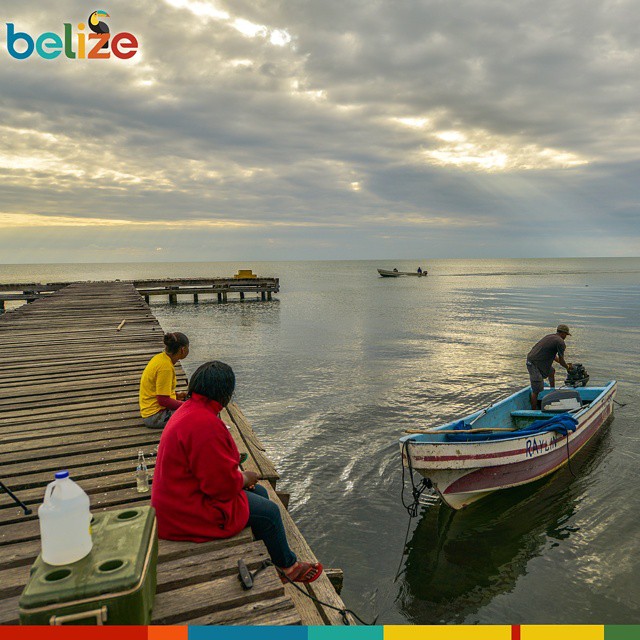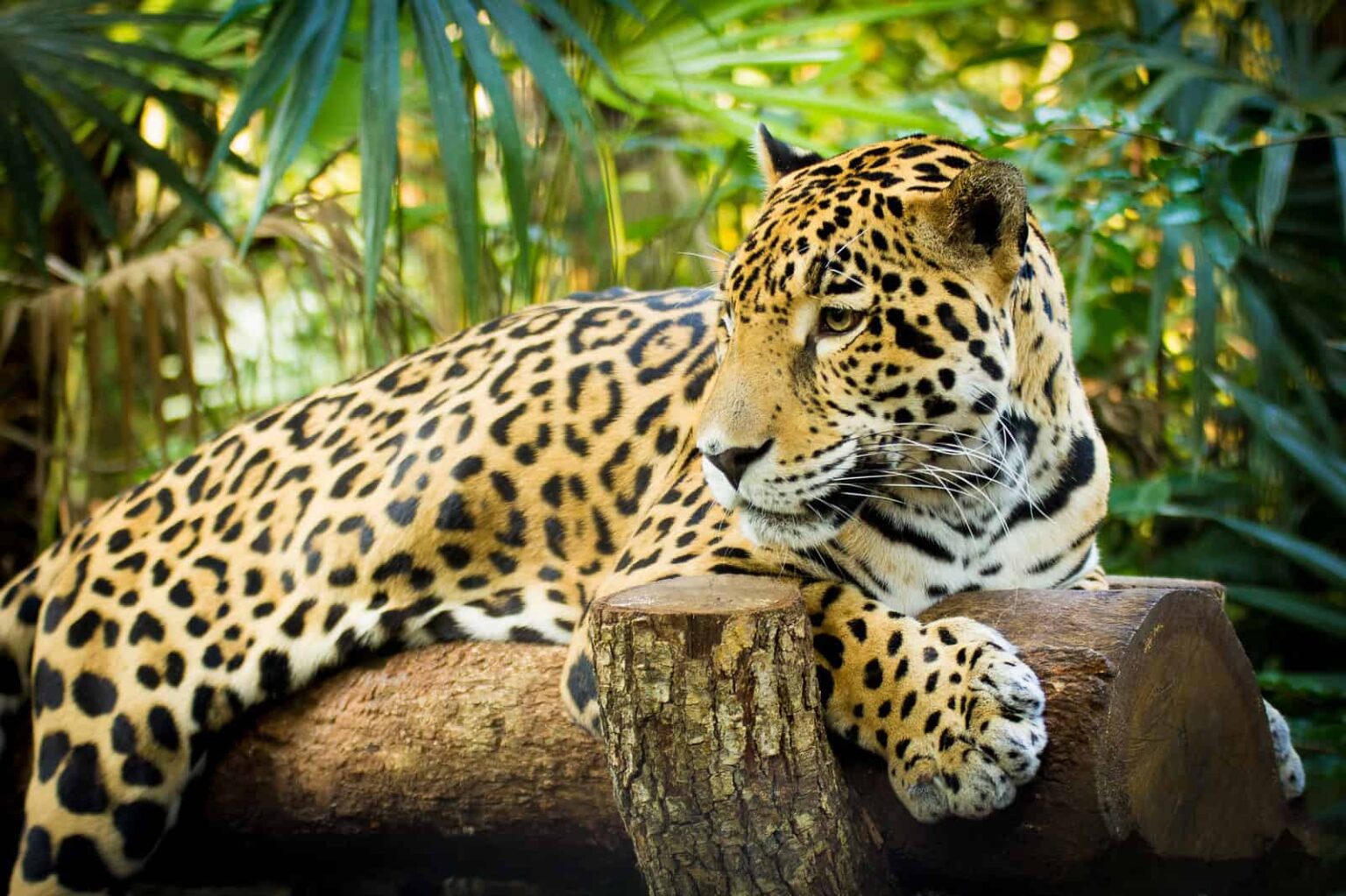1.) The Garifuna history has been one of constant migration and intermarriage. Oral history records that the Garifuna ancestors, the Arawak Indians, migrated from Guyana, Surinam and Venezuela around long before the arrival of the Europeans to the New World and settled in the Greater Antilles Islands in the Caribbean. A second ancestor, the Carib Indians, also migrated from their settlements in the Orinoco Delta in 1220 A.D. and seized the Lesser Antilles. The Carib and Arawak then intermarried and engendered the Island Carib, who settled predominantly on Saint Vincent Island.
2.) Anthropologists recognize the Garifuna as a product of ‘voluntary assimilation’, which indicates the peaceful creation of this new ethnic group, but the ensuing years of searching for a homeland saw very little peace for the Garifuna. In 1660, a British peace treaty guaranteed the “perpetual possession” of the island to the Garifuna, but less than a decade later, the British broke the treaty and re-claimed the island as a colonial possession. However, by the mid 1700s (following several generations of prolific reproducing by the Garifuna), it became increasingly aware that the Garifuna were such a demographic force on St. Vincent, that they threatened to jeopardize the inherent success of a colonial mission, and the British sent more and more representatives to the island to subdue the native Garifuna.
3.) In 1796, as the Garifuna desperately sought a solution to their imminent enslavement, an intended raid became a defeat for the Garifuna, and the minority of survivors was deported to the Honduran island of Roatán.
4.)The Garifuna flourished and multiplied, and thus when they were again forced to flee following republican revolt in Honduras, they continued their epic exodus in even greater numbers. In 1832, led by the charismatic and ambitious Alejo Beni, a group of Garifuna arrived on the southern Belizean coastline. It is this miraculous marine arrival that is celebrated every November in various Garifuna areas, including Dangriga, Seine Bight, Hopkins and Punta Gorda in southern Belize.
5.)For centuries, the Garifuna people had faced persecution, injustice and demoralization, and yet they still arrived in Belize with an optimistic ambition to serve their ‘new’ homeland and to develop their ‘new’ nation.
6.)In 2001, UNESCO (the United Nations Educational, Scientific and Cultural Organization) declared the Garifuna culture a “Masterpiece of the Oral and Intangible Heritage of Humanity” – in much the same way as various local marine areas (including several ranges of Cayes) were latterly classified as UNESCO World Heritage Sites.
7.)Legendary Garifuna hero Thomas Vincent Ramos was born on 17th September, 1887 at Tulin, Puerto Cortes in the Republic of Honduras. Ramos married Elisa Marian Fuentes in 1914 and they migrated permanently to Dangriga, Belize around 1920. While in Belize, Ramos became a school teacher but he was also a visionary leader. He founded the famous Carib Development and Sick Aid Society (C.D.S) and later Carib International Society (C.I.S). Both spread and were established in all Garifuna communities throughout Belize, and the C.I.S had affiliations as well in Guatemala and Honduras.
8.)Thomas Vincent Ramos had serious concerns about the systematic neglect and the need for improvement of the health facilities for Garinagu in Dangriga. Up to that time, there was not a single Garifuna nurse working in the entire Stann Creek District. So Ramos lobbied and agitated that Dangriga get its native nurses to serve its citizens in the Dangriga hospital. The colonial authorities finally capitulated and granted the request.
9.)But T.V Ramos was also concerned with the promotion and preservation of the Garifuna cultural heritage. To that end, he dedicated his talent, time and effort so that in 1940, as leader and spokesman, along with Pantaleon Hernandez and Domingo Ventura, T.V Ramos petitioned the British Governor of the colony and requested the establishment of a Public and Bank Holiday in observance of the Garifuna arrival to Belize on November 19th.
10.)The request was granted and official celebration of the 19th November as a public and bank holiday began in Stann creek district on November 19th, 1941. Two years later in 1943, Punta Gorda, in the Toledo District, was given the Holiday, and in 1977, Garifuna Settlement Day became officially a Public and Bank Holiday throughout Belize.
11.)The Garifuna culture, particularly music and dance is active in Belize and has become migrated to the world, with the travels of Andy Palacio (deceased), Paul Nabor (deceased), the Garifuna Collective, Aziatic, Supa G and Lovaboy as well as the Sweet Pain Band.
12.)Artist and musician Pen Cayetano created modern punta music in the late 1970s in Dangriga before migrating to Germany. He has now settled permanently in Belize with his family and runs an art studio in Dangriga.
13.)Garinagu have contributed to Belizean society as teachers, politicians, law enforcement and military and others.



